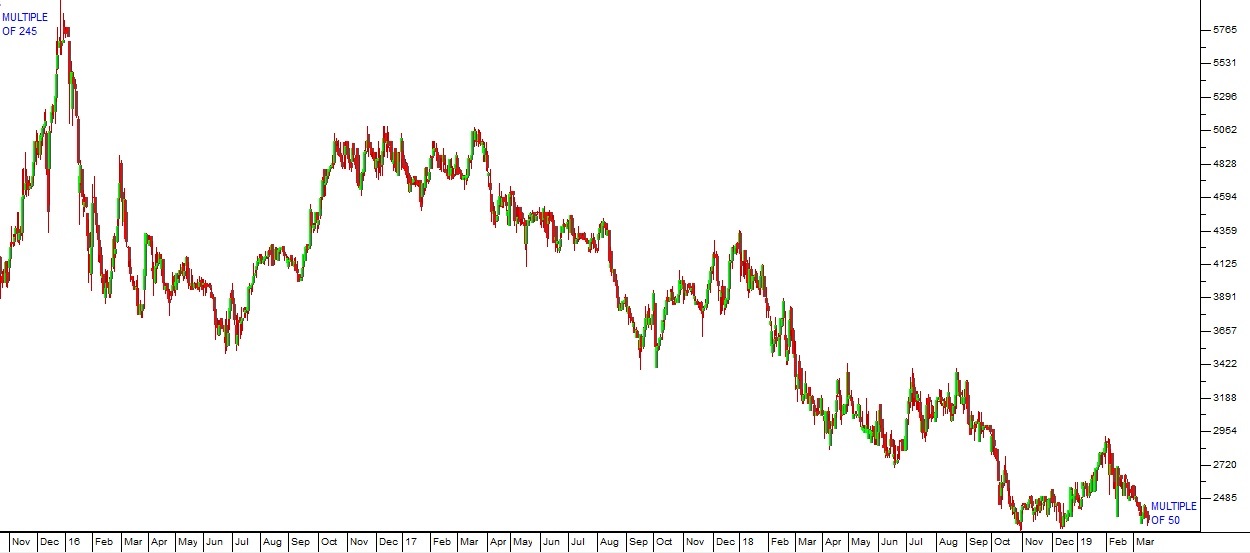The Multiple
19 March 2019 By PDSNET
So the earnings multiple, or price:earnings ratio (P:E), is an average of investors’ perceptions at any point in time. It tells you what investors as a group are thinking. Do they like the share or not. But, of course, investors as a group can easily be wrong. So the real challenge is to try and assess whether their opinion of the share is well-founded or not. If they have a really bad opinion of a company, but your opinion is different, then perhaps you can buy the share and make a profit as they come to realize their mistake and push the share price up. Of course, that assumes that you are right and they are wrong.
It is a sobering fact that you can only make money in the share market when you are right and the market, on average, is wrong.
Consider another example. Curro, on 28th December 2015, traded on a multiple of 245 – which is probably one of the highest multiples ever recorded on the JSE. Because of its amazing “blue sky” potential for enormous growth, investors were prepared to pay 245 times its EPS for its shares. As reality crept in over the next three years investors’ perceptions changed and they reduced Curro’s multiple to a much more manageable and believable 50 – which is still high, but at least within the bounds of the possible. Consider the chart:
